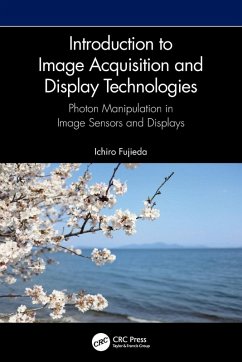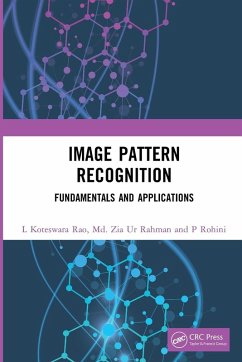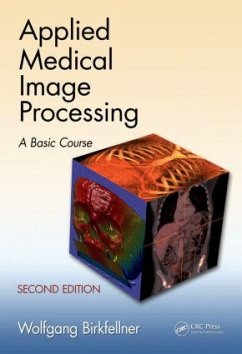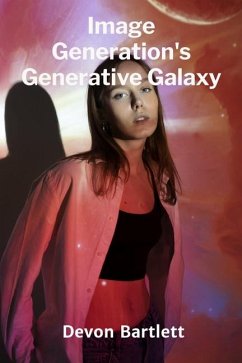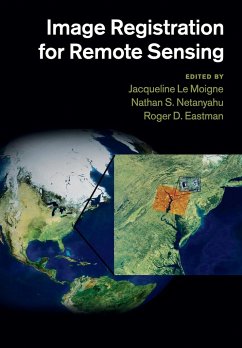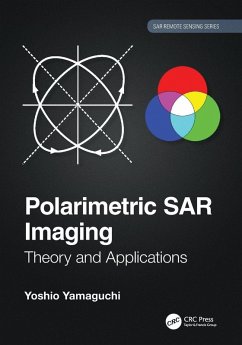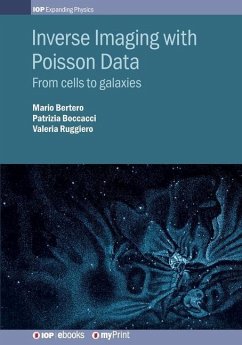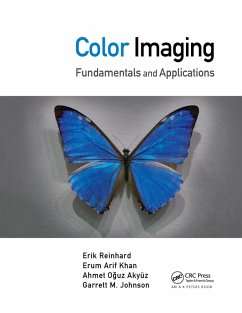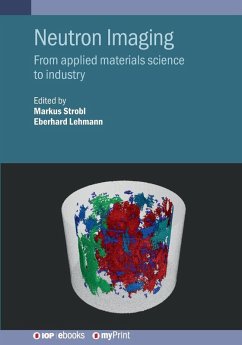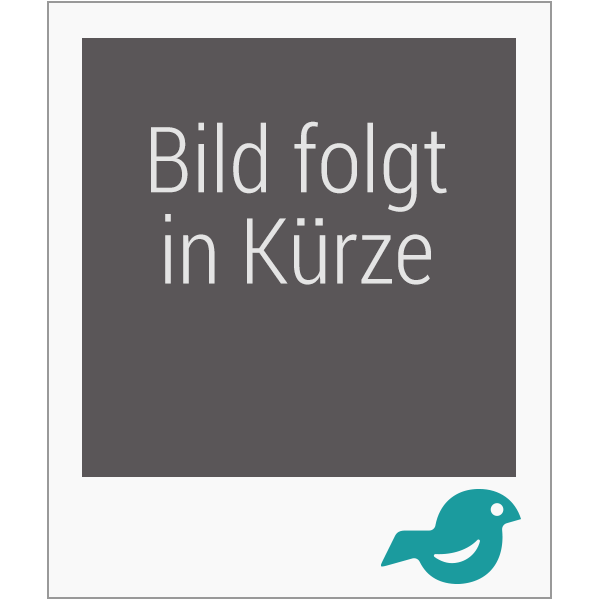
Development of a Robust Optical Image Registration Algorithm for Negating Speckle Noise Effects in Coherent Images Generated by a Laser Imaging System
Versandkostenfrei!
Versandfertig in über 4 Wochen
15,99 €
inkl. MwSt.
Weitere Ausgaben:

PAYBACK Punkte
8 °P sammeln!
The Air Force Research Laboratory (AFRL) Sensors Directorate has constructed and tested a coherent LIght Detection And Ranging (LIDAR) imaging system called Laservision. Registration of individual images remains a significant problem in the generation of useful images collected using coherent imaging systems. Coherent images typically contain significant speckle noise created by the coherency of the laser. Each image collected by the system must be properly registered to allow for averaging the images to produce a single image with adequate resolution to allow detection and identification algo...
The Air Force Research Laboratory (AFRL) Sensors Directorate has constructed and tested a coherent LIght Detection And Ranging (LIDAR) imaging system called Laservision. Registration of individual images remains a significant problem in the generation of useful images collected using coherent imaging systems. Coherent images typically contain significant speckle noise created by the coherency of the laser. Each image collected by the system must be properly registered to allow for averaging the images to produce a single image with adequate resolution to allow detection and identification algorithms to operate accurately or for system operators to perform target detection and identification within a scene. An investigation of the performance of a new image registration algorithm designed using laser speckle noise statistics is conducted on data collected from the Laservision system. This thesis documents the design and performance of the proposed technique compared to that of a standard cross-correlation algorithm. Based on using only speckle noise statistics, the simulated data test results indicate that there is a small range of low average signal-to-noise ratios (SNR) where there is the potential to improve the shift estimation error by 0.1 to 0.16 pixel. This work has been selected by scholars as being culturally important, and is part of the knowledge base of civilization as we know it. This work was reproduced from the original artifact, and remains as true to the original work as possible. Therefore, you will see the original copyright references, library stamps (as most of these works have been housed in our most important libraries around the world), and other notations in the work. This work is in the public domain in the United States of America, and possibly other nations. Within the United States, you may freely copy and distribute this work, as no entity (individual or corporate) has a copyright on the body of the work. As a reproduction of a historical artifact, this work may contain missing or blurred pages, poor pictures, errant marks, etc. Scholars believe, and we concur, that this work is important enough to be preserved, reproduced, and made generally available to the public. We appreciate your support of the preservation process, and thank you for being an important part of keeping this knowledge alive and relevant.



